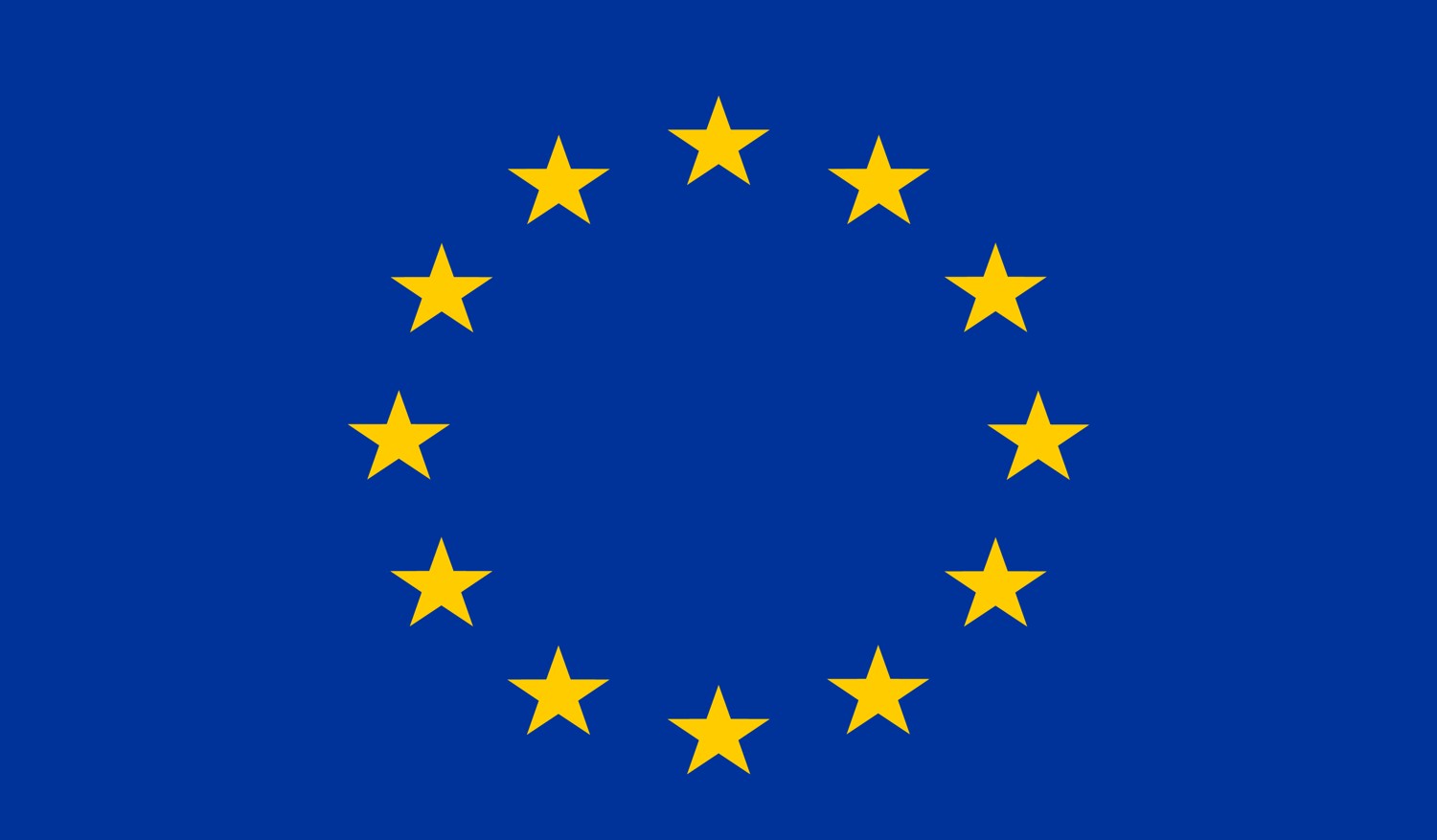
Chronic low back pain is a common, long-lasting, and disabling condition with high societal costs. Caregivers are frequently exposed to elevated physical risk factors. Unfortunately, low back pain in caregivers is closely tied to patient handling techniques. Educating students with tools to implement in practice can be beneficial. eUlift provides full teaching material in patient handling for the future caregiver. All theoretical backgrounds and a detailed description in how to perform patient handling, supported with 3D animations. A train-the-trainer tool is developed for the responsible person of a ward that provides training to the caregivers.
Method
Development of the tool included different steps: (1) design a manual with all necessary background, (2) define learning outcomes, (3) integrate innovative didactics, (4) develop an innovative IT tool, (5) compose a train-the-trainer manual. The tool has been tested for usability in education and in practice over different European countries.
Results
Pilottesting in practice was a continuous approach to gain feedback and improve the content. Pilottesting of the train-the-trainer was evaluated cross country and revealed good results. The eUlift tool is finished, accessible online (for free) and ready to be implemented in practice.
Conclusion
eUlift aims for a long-term solution from a self-regulated perspective and integrates an innovative approach, with a particular attention to detailed descriptions of the specific patient handling techniques, postures, and movements. We also explicitly focused on an academic approach with regard to training the caregivers (see the Train the trainer manual).
CONFERENCE SESSIONS/SECTIONS:
- Special aspects of physical education at the New Ukrainian School.
2. Humanitarian and medical-biological aspects of physical culture and its health forms.
3. Special aspects of recreation and sport for all.
4. Problems of Adaptive Physical Culture and Paralympic Sport.
5. Physical therapy, ergo-therapy, sports medicine and healthy lifestyle.
6. Problems of training specialists in physical culture.
